I'm using Pandas to store stock prices data using Data Frames. There are 2940 rows in the dataset. The Dataset snapshot is displayed below:
The time series data does not contain the values for Saturday and Sunday. Hence missing values have to be filled.
Here is the code I've written but it is not solving the problem:
import pandas as pd
import numpy as np
import os
os.chdir('C:/Users/Admin/Analytics/stock-prices')
data = pd.read_csv('stock-data.csv')
# PriceDate Column - Does not contain Saturday and Sunday stock entries
data['PriceDate'] = pd.to_datetime(data['PriceDate'], format='%m/%d/%Y')
data = data.sort_index(by=['PriceDate'], ascending=[True])
# Starting date is Aug 25 2004
idx = pd.date_range('08-25-2004',periods=2940,freq='D')
data = data.set_index(idx)
data['newdate']=data.index
newdate=data['newdate'].values # Create a time series column
data = pd.merge(newdate, data, on='PriceDate', how='outer')
How to fill the missing values for Saturday and Sunday?
